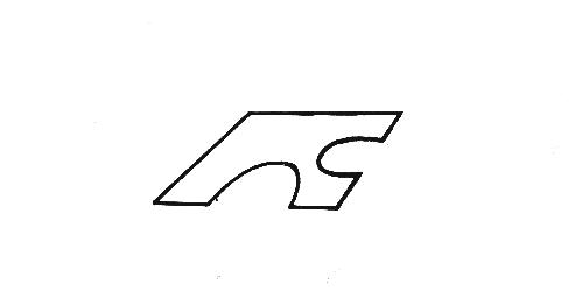 |
The most important deficiency of verification is its approach to identity. For verification, objects are probably more suitably represented by listing desirable and undesirable properties, rather than an exact geometric model, especially as verification thoroughness is probably proportional to the individuality of the object and the degree of generic identification desired. Human faces need detailed shape comparisons for precise identification, but just to say it was human requires less. On the other hand, chairs have a tremendous variety of shapes, but there is no prototype chair model, even given division into functional groupings. If the only common factors were support for back and seat at given heights, sizes and orientations, then a pile of boxes would also be satisfactory, and this may not always be an appropriate identification.
One key benefit of the approach described in this chapter is that the specific verification criteria are linked to the geometric model, which promotes more general applicability.
There is some overlap between the functions of hypothesis construction (Chapter 9) and verification. The construction and verification sequence follows the classical Artificial Intelligence "generate and test" paradigm. The goal of the construction process is to: (1) find evidence for all model features and (2) assign a reference frame. To prevent (1) from causing a combinatorial explosion, some constraints were applied when searching for image evidence. On the other hand, verification ensures that the whole object satisfies all constraints, including some previously applied. Hence, there could be some shifting of constraint analysis to verification, particularly if hypothesis construction and verification became more of a parallel process (i.e. akin to a Waltz filtering process [162]).
Verification of partially obscured or partially back-facing SURFACEs is weak. For these SURFACEs, only individual summary characteristics were checked, leaving other tests until the SURFACE was combined with others in an ASSEMBLY. More detailed symbolic comparisons could be made, as in Figure 10.6. Here, a square is somewhat obscured. Verification could easily show that it was not a circle, and that it is likely to be a square, by comparing descriptions of the boundary. This technique could also be used for the full and partial boundary comparisons, as proposed above, because comparing symbolic descriptions is faster and easier than creating the predicted boundary path.
More practical constraints will be needed for richer object domains,
particularly for natural objects, where within-class variation presents
problems.
This is apparent with faces, whose shape changes between people and expressions.
This research allowed some variation by using only approximate curvature
and position in constraints (![]() and
and ![]() ), but this is weak and may not
generalize properly.
Further, flexible surfaces will also have variable
segmentation, which will lead to difficulties with constraints
based on curvature or correspondence.
), but this is weak and may not
generalize properly.
Further, flexible surfaces will also have variable
segmentation, which will lead to difficulties with constraints
based on curvature or correspondence.
Final Comments
To summarize, this chapter extended verification to cover fully visible and partially obscured SURFACEs and ASSEMBLYs in three dimensional scenes. This required understanding how object location, external occlusion and self-occlusion affect appearance. Constraints that helped guarantee the existence and identity of the modeled objects were formulated and demonstrated.